OUTCOME
I would consider the final outcome to also be the 30-minute design presentation we did in week 10. A large part of the skillset developped throughout this project was how to present a design digitally. This is not my first design presentation, but it is my first in a virtual format so I had to learn to adapt the modelbox and fabric swatches, etc.
I have recorded myself doing a shorter version of the design presentation, and I will skip over the lighting design section since it was Ken’s design. Below that is my storyboard scenes so that you can see a holistic overview of the set & lighting. I have also included slideshows of my set models and costume plates so you can see the details more clearly than in the video.
The linked video is about 15 minutes long, please feel free to scrub through it.
I have recorded myself doing a shorter version of the design presentation, and I will skip over the lighting design section since it was Ken’s design. Below that is my storyboard scenes so that you can see a holistic overview of the set & lighting. I have also included slideshows of my set models and costume plates so you can see the details more clearly than in the video.
The linked video is about 15 minutes long, please feel free to scrub through it.
MODELBOX SLIDESHOW
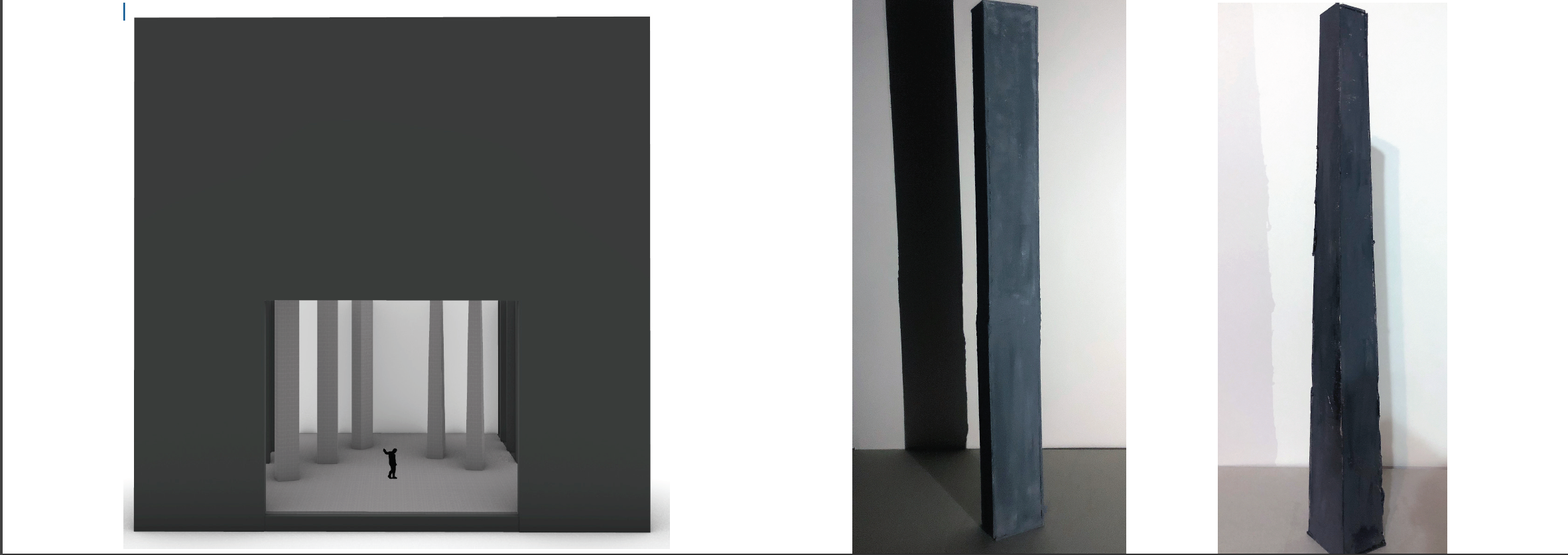

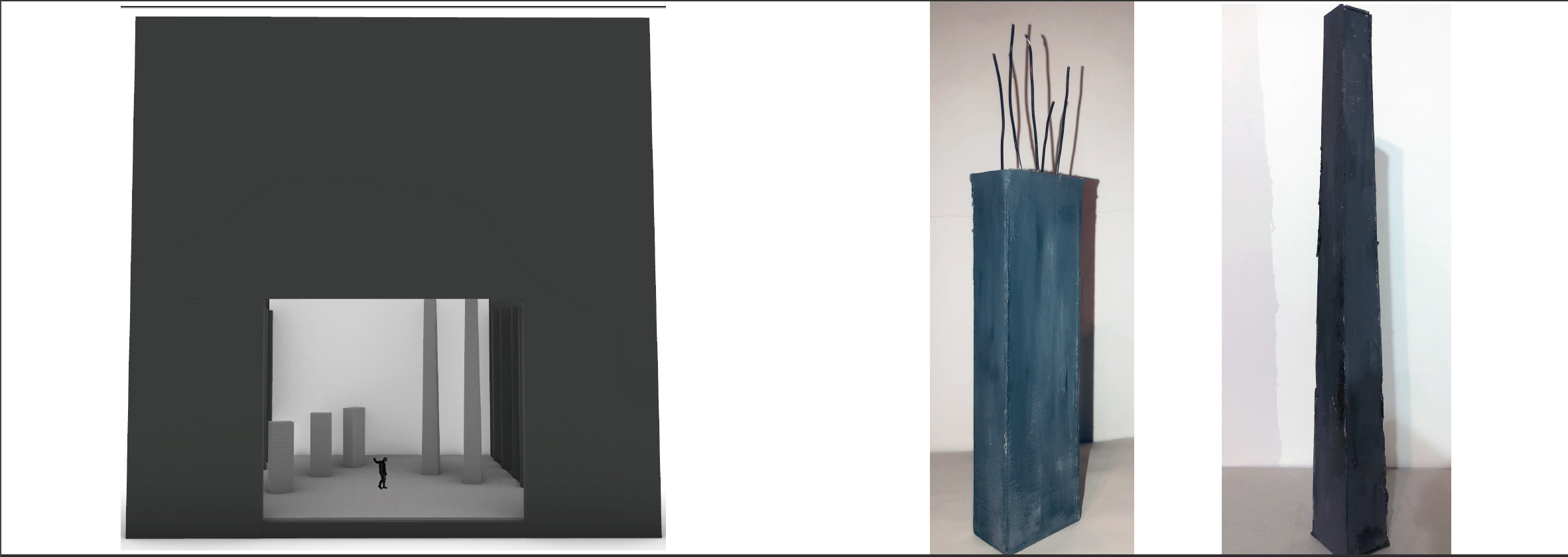
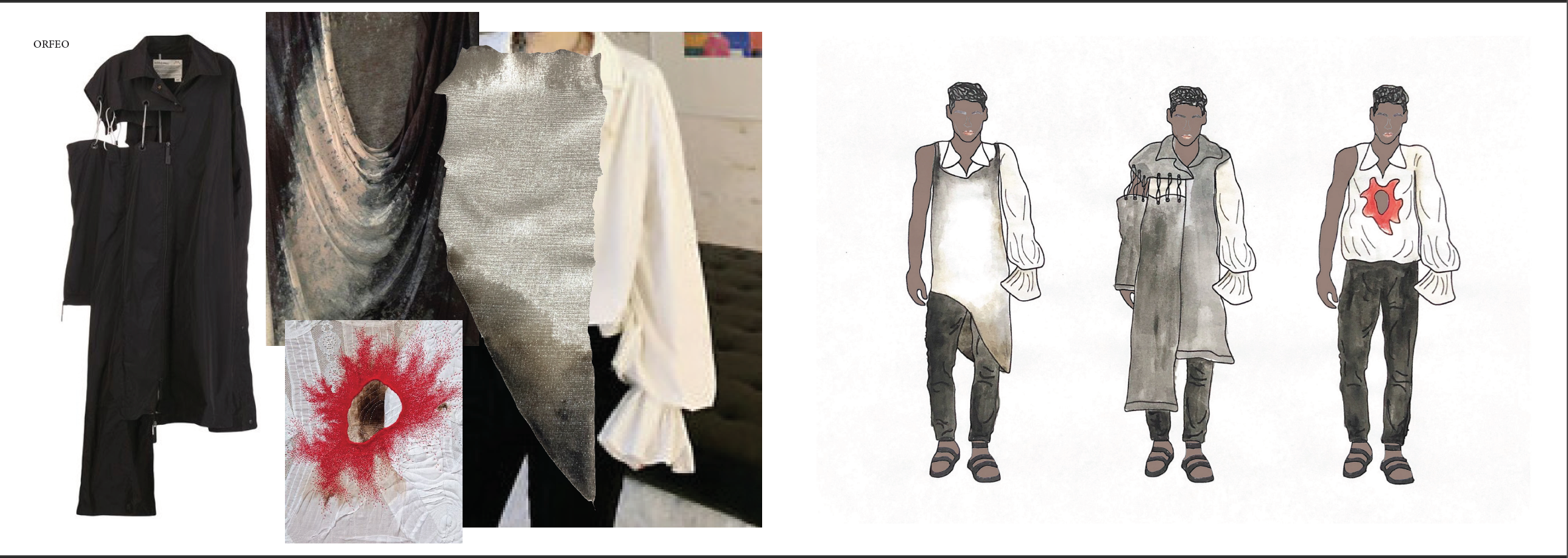





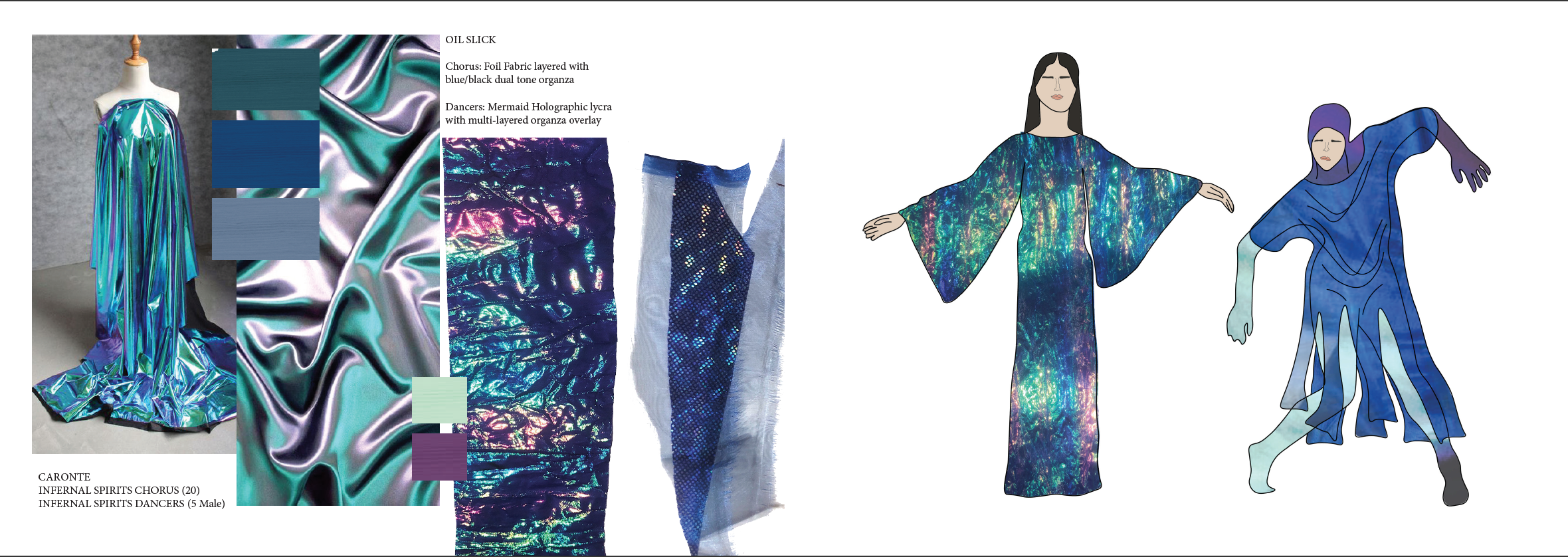

STORYBOARD SLIDESHOW

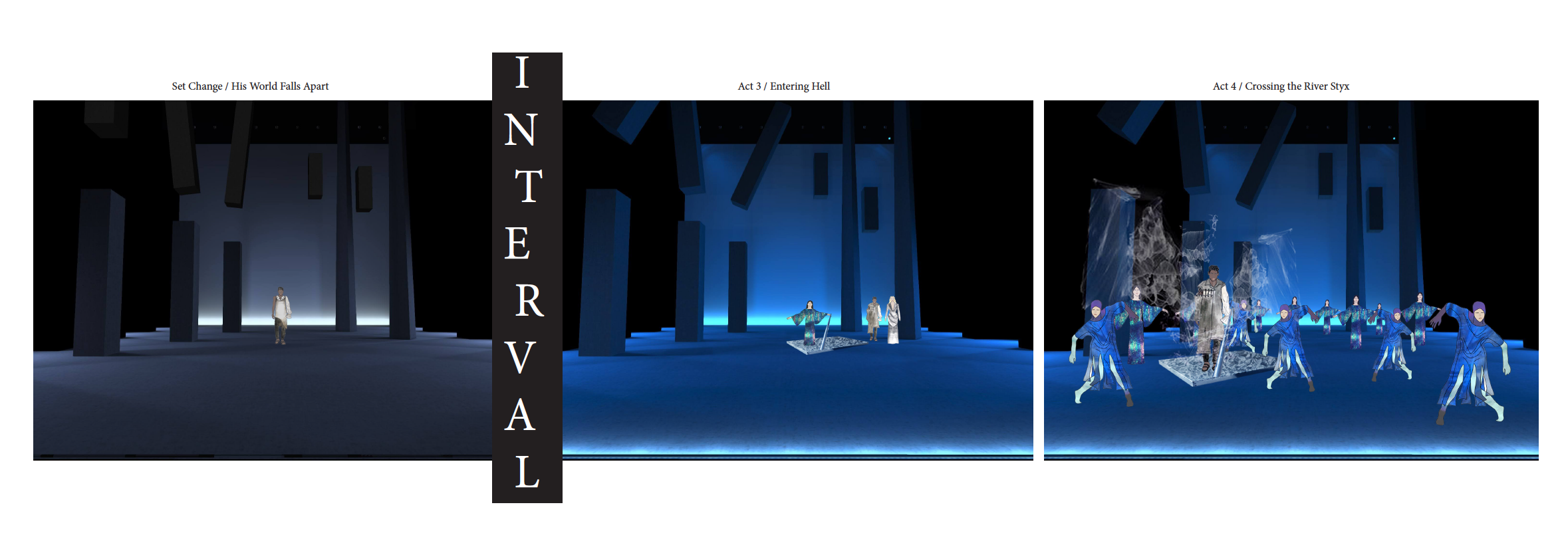
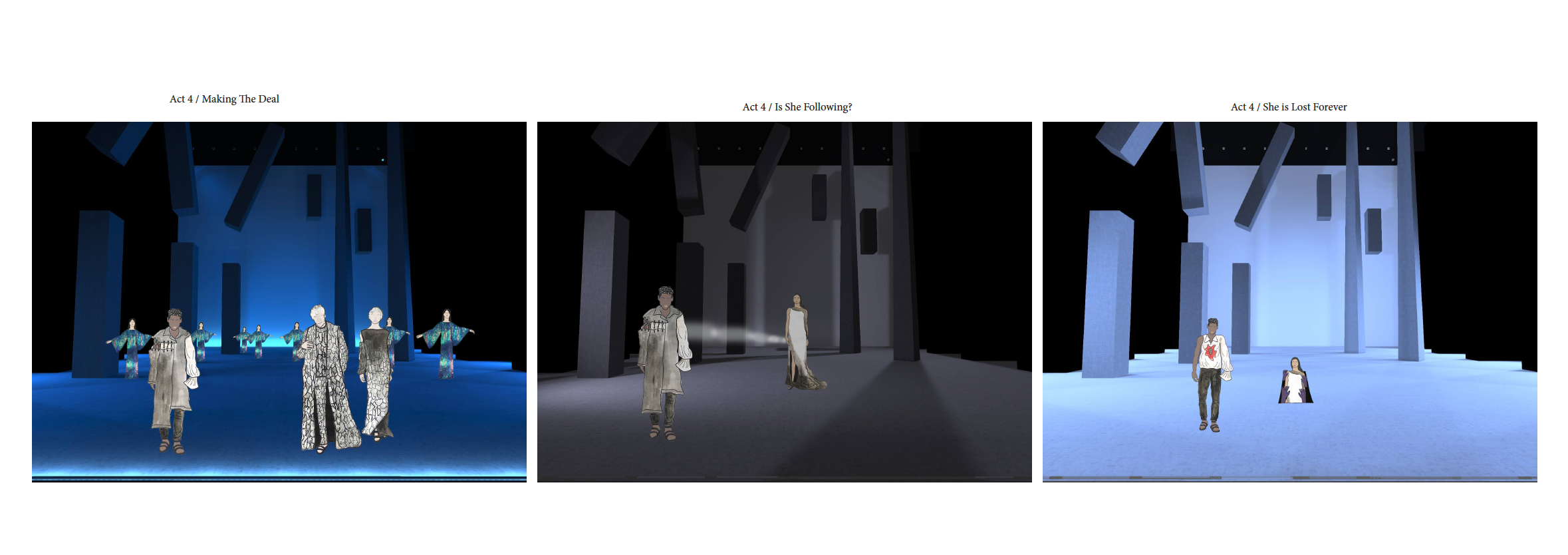
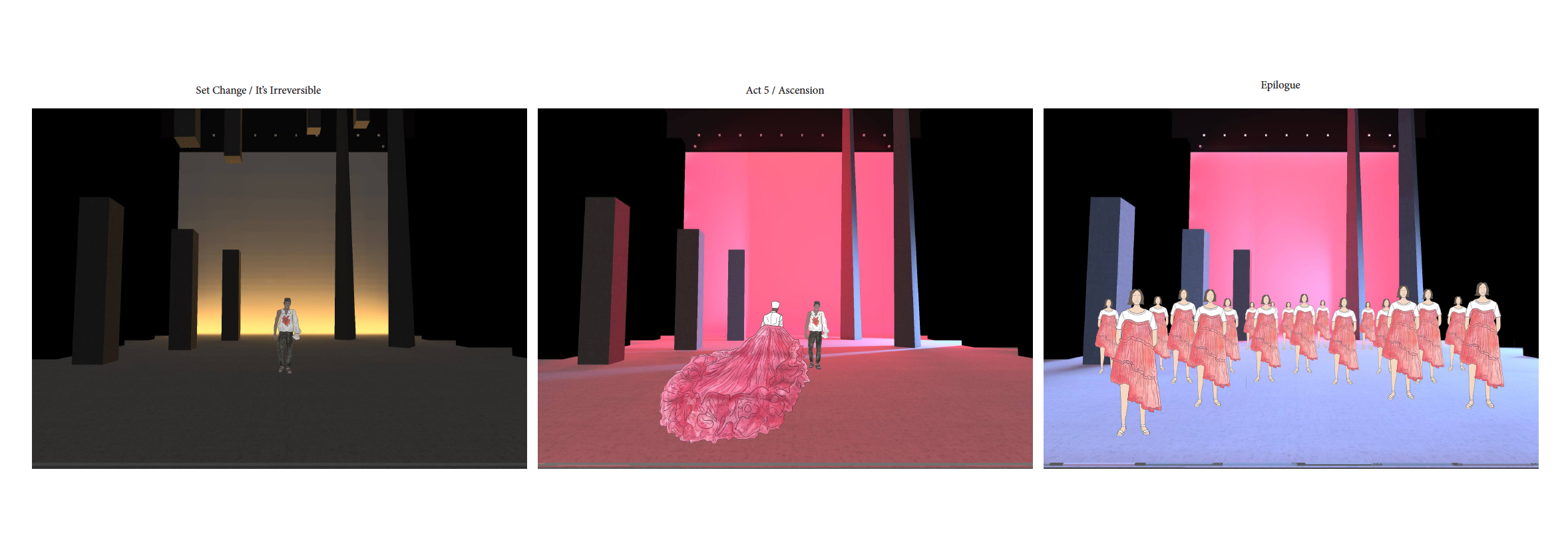
This projectn helped me learn a lot about what it takes to design a complete production. I learned organisational skills such as doing a costume plot and a budget breakdown (I only did one for the costumes). Especially with such a large budget the management and planning was vital, I think this will help me in the future working with smaller budgets. Most importantly, I learned about technical considerations such as having an axel into the substage to make the columns pivot. Even with costume, I learned about new materials such as crackle glaze and was able to explore fabrics and the idea of making, not just sourcing, thanks to having hypothetical in-house wardrobe departments.
One thing that I did enjoy on this project was making a digitial modelbox. The venue we had was large so creating a modelbox would have not been sustainable or feasible because I did not have access to the materials I needed. I thought a blend of physical and digital modeling worked best for us. Ideally, I would have invested more time into the digital models to create the textures on there, but it was also useful to practice physical modelmaking. The digital modelbox was also vital for figuring out sightlines, so I wish that we had photographed it from more angles in the presentation.
Lastly, this project helped me realise how vital design is to the dramaturgy. Since we did not have a director or choreographer for any of the scenes, it allowed us to make design-led decisions and compelled the visual dramaturgy to carry the narrative. I have a background in classical singing and classical piano, so being able to use that understanding to enhance my visual interpretation of the music was an affirmation that my practice can be informed by inter-disciplinary backgrounds. This project helped me value my practice as a designer more because I did not feel held back or subserviant to a director. It made me more confident in my own decision-making skills.
One thing that I did enjoy on this project was making a digitial modelbox. The venue we had was large so creating a modelbox would have not been sustainable or feasible because I did not have access to the materials I needed. I thought a blend of physical and digital modeling worked best for us. Ideally, I would have invested more time into the digital models to create the textures on there, but it was also useful to practice physical modelmaking. The digital modelbox was also vital for figuring out sightlines, so I wish that we had photographed it from more angles in the presentation.
Lastly, this project helped me realise how vital design is to the dramaturgy. Since we did not have a director or choreographer for any of the scenes, it allowed us to make design-led decisions and compelled the visual dramaturgy to carry the narrative. I have a background in classical singing and classical piano, so being able to use that understanding to enhance my visual interpretation of the music was an affirmation that my practice can be informed by inter-disciplinary backgrounds. This project helped me value my practice as a designer more because I did not feel held back or subserviant to a director. It made me more confident in my own decision-making skills.
© Jida Akil 2025